- ABOUT CTC
- EXPERTISE AND SERVICES
- Raw hide - Tannery
- Footwear
- Leather goods - Glove-making
- PPE
- Environment
- CSR
- Training
- BLOG AND NEWS
- CTC VIDEOS
- LEAFLETS AND PUBLICATIONS
- CUSTOMERS EXTRANET
EN
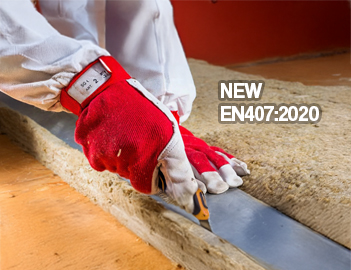
Test your safety footwear, glove, garment and Secure your PPE
New products can be CE marked

Very clear exclusion of fire-fighter and welders.
EN407:2020 shall be used in conjunction with EN ISO 21420:2020.
Several new definitions mainly to define terms mentioned in the test methods to improve the assessment after testing.
Many changes…
Samples conditioning : 23 +/- 2°C and 50 +/- 5 RH.
More clear in the new 2020 version
The gloves standard EN 407 is only for thermal risks if the gloves claims another protection use the relevant standard (e.g. mechanical risks EN 388).
Glove made of dissimilar materials, all of them shall be tested and shall complied with the EN 407 requirements.
If the tests require large samples , the manufacturer shall supply them, their properties must be identical to those of the gloves.
More clear in the new 2020 version
If cleaning is claimed, the tests shall be done before and after cleaning the level of performance is given by lowest results.
The tear test is done to validate the robustness/solidity of the glove.
No level of performance, it is a pass or fail requirement.
Test method to apply: Clause 6.8:
Identical to EN388+A1: 2019 clause 6.4
If the glove claims EN407 and EN388, this test could be done only one time and reported 2 times in the test report.
More clear in the new 2020 version
If the use implies that the glove shall be quickly taken off EN 659+A1:2008, clause 3,15 shall be performed (max. 3 s. to take off a pair of gloves dry and wet).
For gloves protecting against metal splashes (small and large). A minimum glove length shall be fulfilled (see table1).
| Size of the hand | 5 | 6 | 7 | 8 | 9 | 10 | 11 | 12 | 13 |
| Minimal length of glove (mm) | 290 | 300 | 310 | 320 | 330 | 340 | 350 | 360 | 370 |
Subjective requirement… “…fully cover the part of the hand…”
Testing products (footwear & shoe, garment, leather goods, textile…) for all standards countries
Depending of the intended use of the glove, relevant test should be performed see annex B.
| Limited flame spread | Contact heat | Convective heat | Radiant heat | small drops of molten metal | Large quantities of molten metal | |
| Hand protective. Pot Holder | o | ♦ | / | / | / | / |
| Oven glove | o | ♦ | o | o | / | / |
| Barbecue glove | ♦ | ♦ | o | o | / | / |
| Industrial glove for foundry | ♦ | ♦ | ♦ | ♦ | o | ♦ |
| Industrial glove for general thermal environment | ♦ | ♦ | ♦ | ♦ | o | o |
o Optional - ♦ Recommended - / This risk in not corered by this PPE
Useful for certification
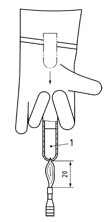
Test method to apply : Clause 6.2:
Test results given by the EN407:2004 cannot be used for the certification against EN407:2020
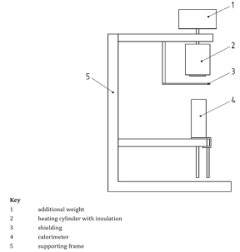
Test method to apply : Clause 6.3:
Test results given by the EN407:2004 cannot be used for the certification against EN407:2020
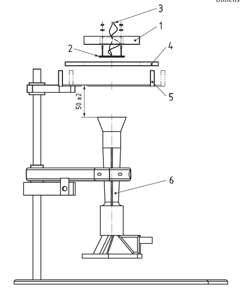
Test method to apply : Clause 6.4:
Test results given by the EN407:2004 cannot be used for the certification against EN407:2020
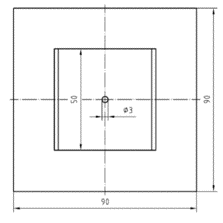
Test method to apply : Clause 6.5 (EN ISO 6942:2002) :
Test results given by the EN407:2004 cannot be used for the certification against EN407:2020
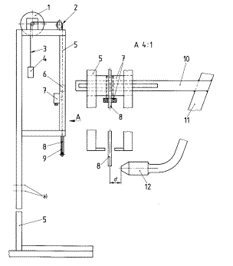
Test method to apply : Clause 6.6 (EN348:1992):
Test results given by the EN407:2004 can sometimes used for the certification against EN407:2020
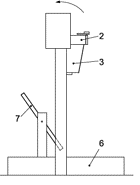
Test method to apply : Clause 6.7:
Test results given by the EN407:2004 can sometimes used for the certification against EN407:2020
Pictogram if level 1 for flame resistance is reached
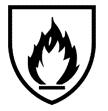
Pictogram if level 1 for flame resistance is not reached
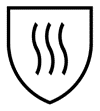
EN 407:2004, 4 clauses ⇒ EN 407:2020, 11 clauses + a specific information for thermal domestic risks (4 clauses).
Great care must be taken during the verification of the certification files
Sampling depends on the properties claimed
| Test | Sampling |
| Flame |
If level 1and 2 3 gloves |
| Contact |
3 gloves (Ø 80mm palm) |
| Convective |
If back = palm 2 A4 sheets (14x14 cm) of the material |
| Radiant |
Back: 2 A4 sheets (17x8 cm) of the material |
| Small SMM |
1 A4 sheets (12x2 cm) by material (back, palm, cuff) |
| Large QMM |
3 A4 sheets (26x10 cm) by material (back, cuff) |
| Tear |
4 gloves (10x5 cm) |
At least 10 gloves + x A4 sheets
It is foreseen that EN407:2020 will become an ISO standard,
It will be voted in 2020 (fast track agreement)
It will be ISO 23407
(same procedure as EN 388 and ISO 23388)